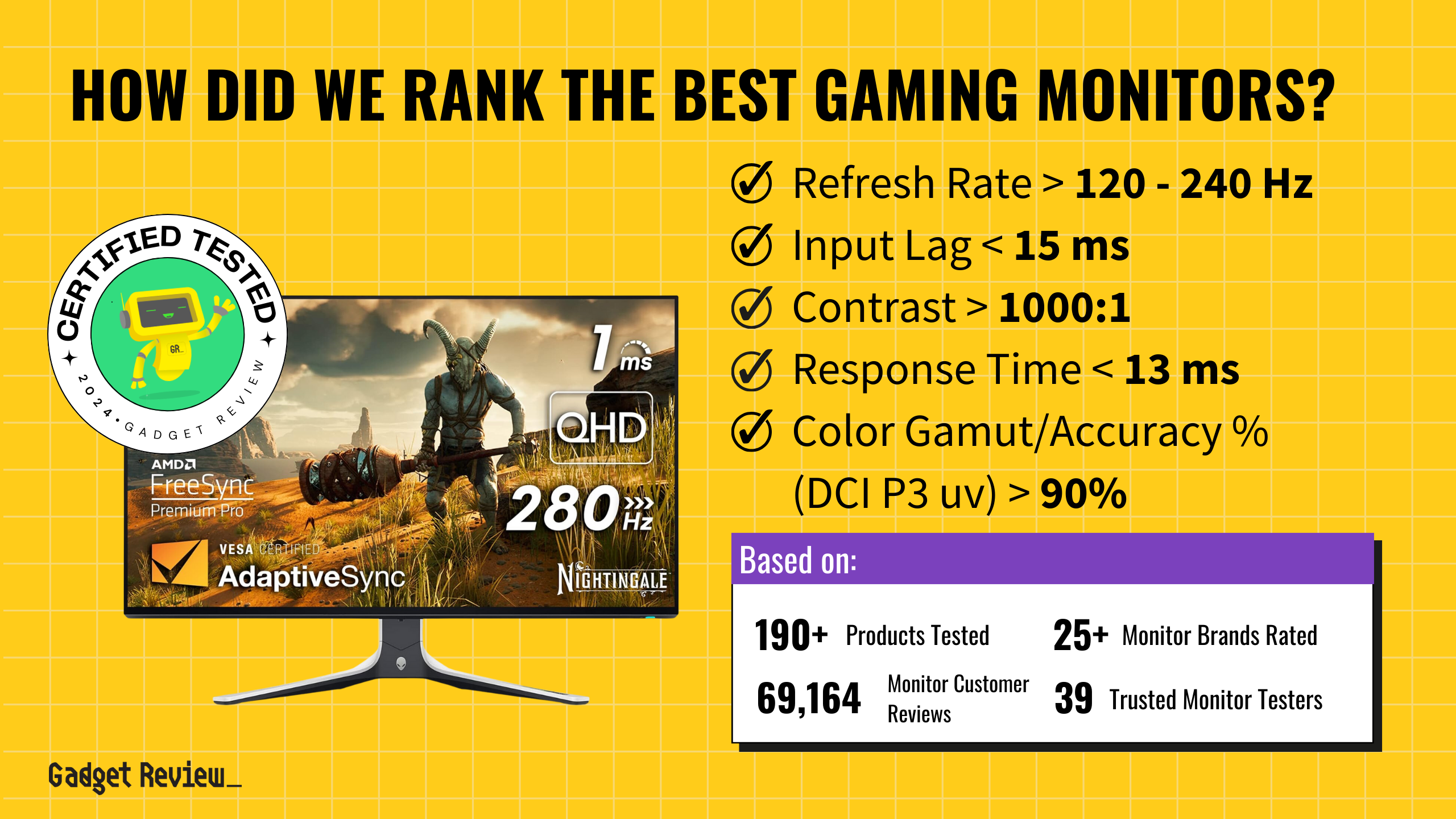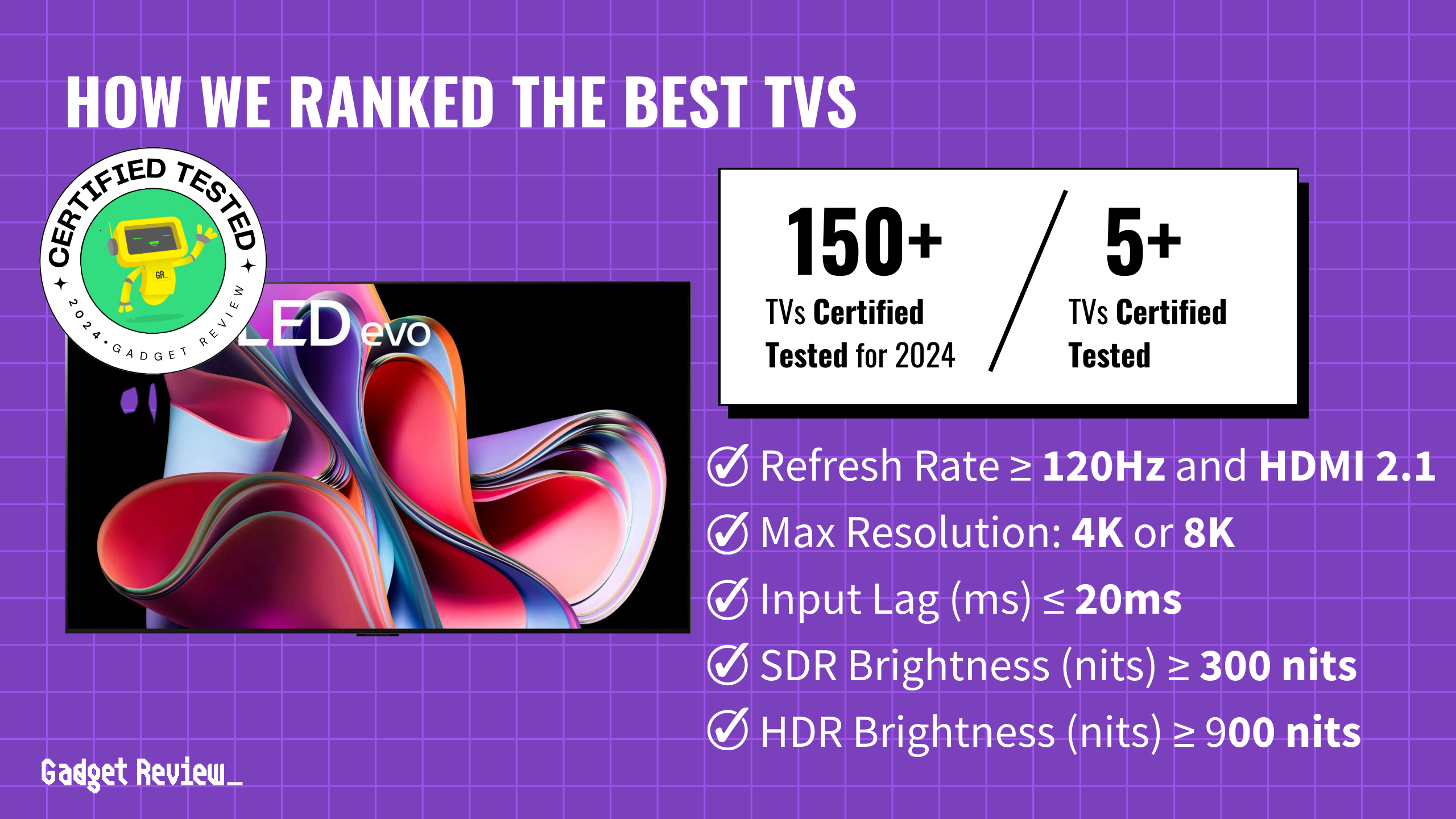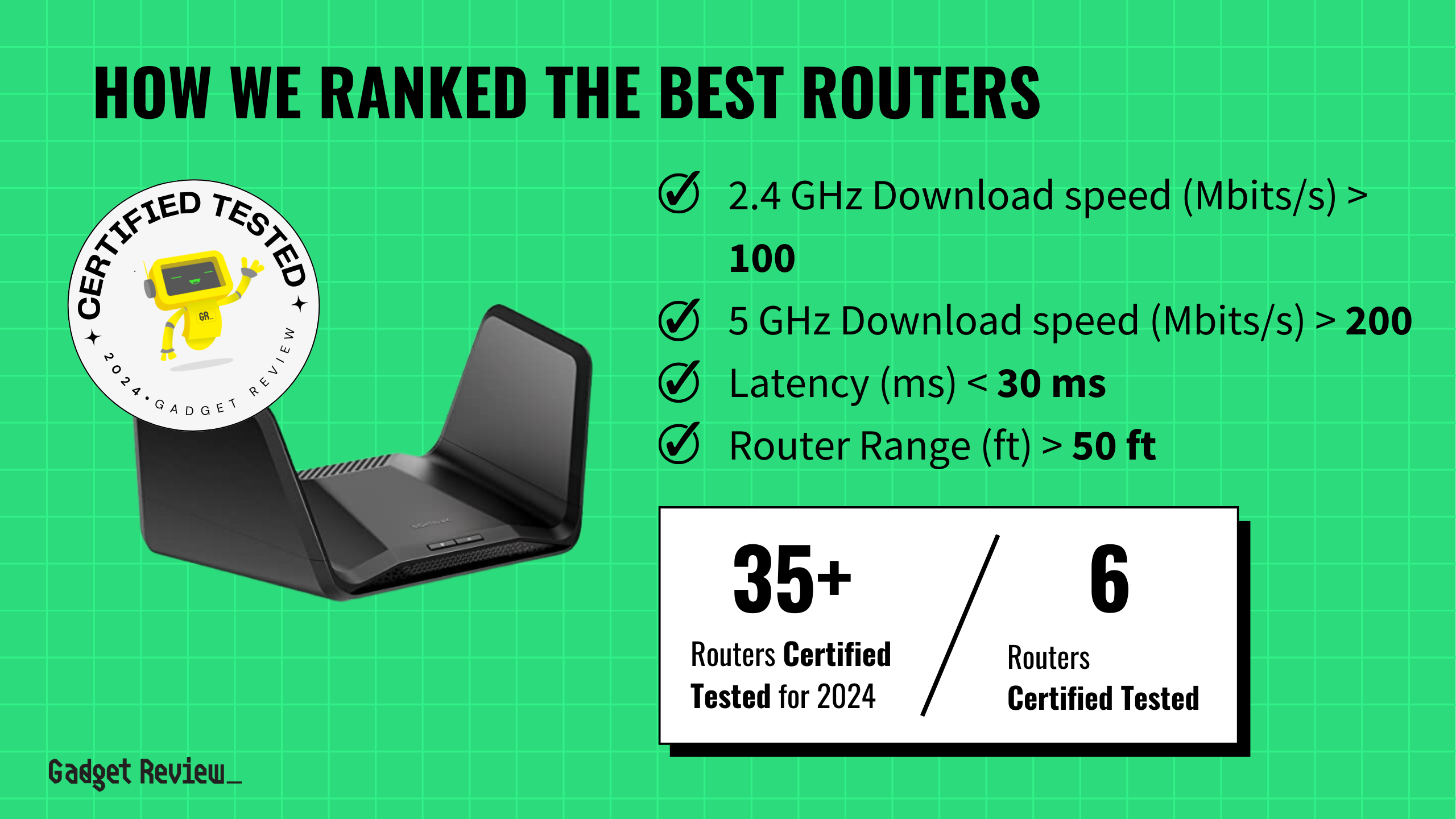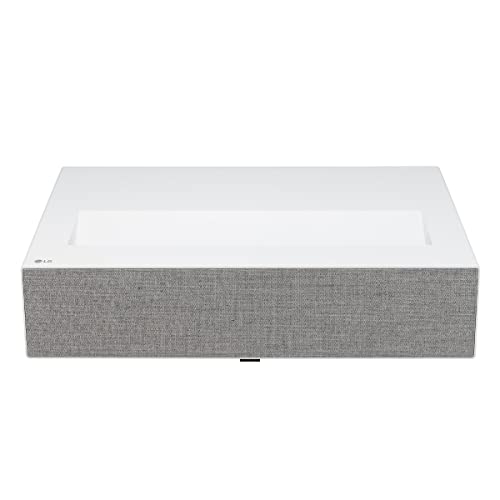University of Chicago researchers unveiled today a breakthrough storage technology that can pack terabytes of data into a crystal the size of a millimeter, potentially revolutionizing how we store digital information.
Why it matters: The innovation fundamentally changes data storage by using atomic-scale crystal defects instead of traditional transistors. It enables unprecedented storage density that could transform everything from smartphones to data centers.
Technical Innovation: The research team developed several groundbreaking approaches to achieve this storage density:
- Individual atoms act as memory cells
- Ultraviolet lasers control electron states
- Rare earth elements enable precise control
Industry Impact: The technology introduces multiple advantages over current storage solutions:
- Dramatically reduced physical size requirements
- Increased energy efficiency
- Potential for longer data preservation
“Each memory cell is a single missing atom – a single defect,” said UChicago PME Asst. Prof. Tian Zhong. “Now you can pack terabytes of bits within a small cube of material that’s only a millimeter in size.”
The technology works by doping crystals with rare earth elements like praseodymium in an yttrium oxide matrix. Ultraviolet lasers then stimulate these elements, trapping electrons within precisely controlled crystal defects that serve as binary storage units.
This approach bridges quantum research and classical computing needs, potentially solving the growing challenge of data center sprawl. With current estimates suggesting over 400 million terabytes of data created daily, the need for more efficient storage solutions has never been more pressing.
The researchers achieved this breakthrough by applying radiation dosimetry principles to quantum systems. “We found a way to integrate solid-state physics applied to radiation dosimetry with quantum research, although our work is not exactly quantum,” says Leonardo França, lead author and postdoctoral researcher.
While the technology shows immense promise, challenges remain before commercialization. Manufacturing costs, scalability, and compatibility with existing systems need to be addressed. Additionally, the use of rare earth elements raises questions about sustainable production.
Looking ahead, this innovation could enable more powerful consumer devices while dramatically reducing the physical footprint and energy consumption of data centers. The research team continues to refine the technology while exploring potential commercial applications.




























